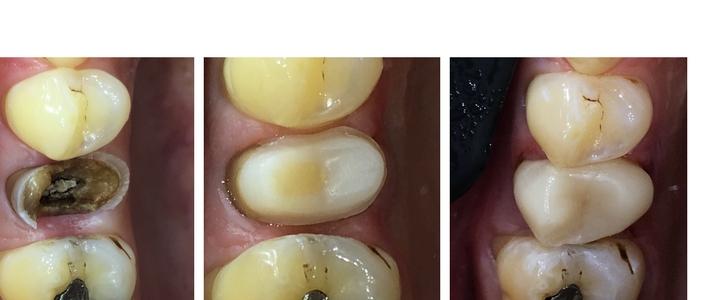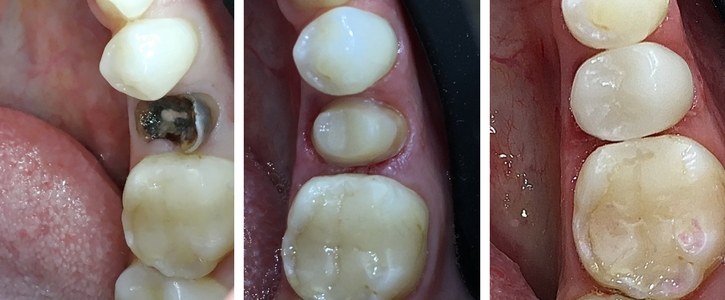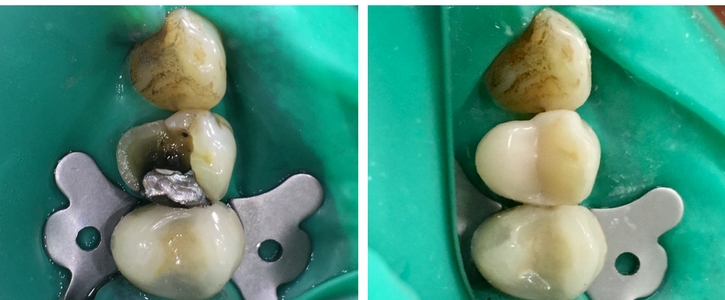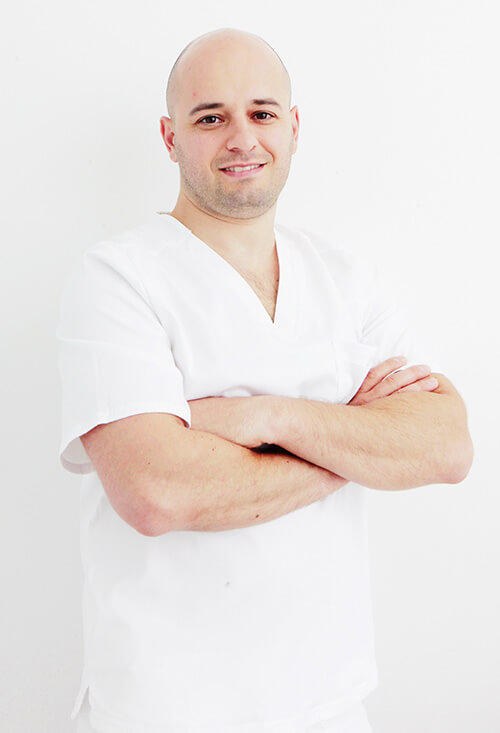CEREC one visit dentistry
CEREC / from 620 EUR
Composite fillings and crowns are gradually replaced by ceramic fillings.
These terms are new and unknown to many patients. So, in this article we explain to you what a ceramic filling is and what it is used for.

Dental restorations (inlay, onlay, overlay) are fillings made of ceramic. The difference between inlay, onlay and overlay is in the scope of restoration. A reconstruction of the inside of the tooth with a ceramic filling is called an inlay. When the ceramic filling covers one or more surface areas of the tooth, we call them onlay or overlay fillings. At our dSmile clinic, we use CAD/CAM CEREC technology to make inlays, onlays and overlays.

CAD/CAM technology is a computer technology for making ceramic crowns, which uses a special scanner instead of impressions and the entire production process takes 30 to 60 minutes.
Sirona company presented their invention more than 30 years ago and, at present out of all existing CAD/CAM systems, it is the best technology for making inlays, onlays, veneers and crowns.

Ceramic dental filling at the dSmile clinic: the production procedure
- the dentist removes all carious tissues or old composite and amalgam fillings;
- the tooth surface is scanned by a digital camera;
- a computer is used to model the structure being prepared;
- a file with a graphic representation of the ceramic restoration is sent to a milling unit (a device that mills out the inlay or onlay from a small ceramic block);
- the structure is treated in a special furnace where curing and crystallisation of the ceramics take place;
- the ceramic structure is affixed to the tooth.
The entire procedure takes about 2 hours.

Advantages of inlay and onlay/overlay ceramic fillings:
- there is no need for impressions, scanning is used instead;
- production time – 90 minutes – is the same as when a composite filling is made;
- biocompatible material is used for the production;
- high strength, the structure is not affected by abrasion, unlike in composite materials;
- zero toxicity and highly aesthetic effect, unlike in amalgam materials;
- high precision fit thanks to computerised manufacturing technology;
- absence of allergies;
- long-term results.

Indications for applying ceramic inlay/onlay/overlay restoration:
- tooth decay;
- replacement of old, low quality composite and amalgam fillings;
- protection of a tooth after root canal treatment (the ceramic filling protects the fragile tooth from cracking);
- tooth injuries;
- tooth reconstruction in the case of abrasion.

Considering the modern CEREC technology and the production speed, the prices at our dSmile clinic for ceramic fillings are really reasonable.








